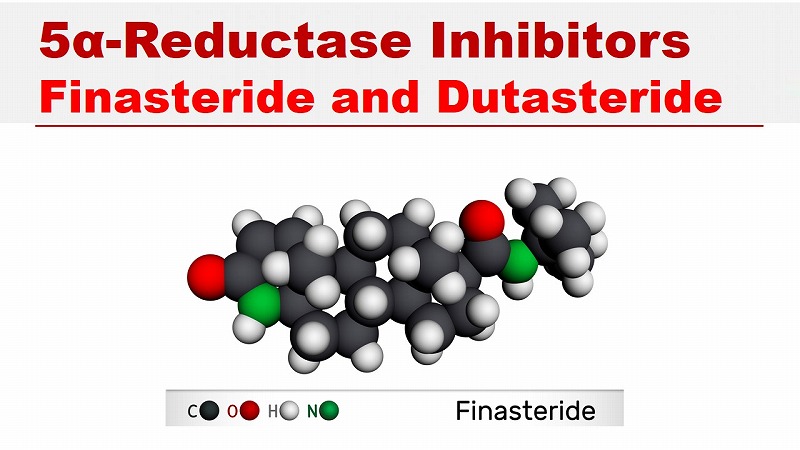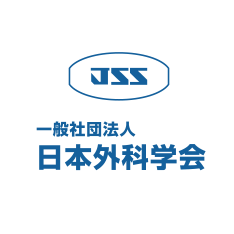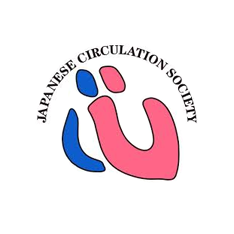5α-Reductase

Testosterone is metabolized to dihydrotestosterone (DHT) by 5 alpha-reductase (5α-reductase). DHT is an active form of testosterone with potent androgen activity of 10-30 times stronger than testosterone.
DHT is an essential hormone, which promotes activity and healthy body status after adolescence in men and women.
On the other hand, DHT reduces hair diameter, induces pattern hair loss, and increases the likelihood of some cancers in men and women.
5α-Reductase, Type I & Type II

There are two different 5 alpha-reductases (5α-reductase) on the scalp. They are type I and type II 5α-reductases.
The 5α-reductase type I isoenzyme is located mainly in the sebaceous glands, dermal papilla cells, epidermal and follicular keratinocytes, and sweat glands.
The 5α-reductase type II isoenzyme is mainly located in the outer root sheath of scalp hair follicle, inner root sheath, dermal papillae, and dermal fibroblasts as well as in the epididymis, vas deferens, seminal vesicles, prostate, and fetal genital skin.
5α-reductase type I and type II isoenzymes and DHT levels increase in the frontal balding hair follicles compared to the non-balding occipital scalp.
Both type I and II isoenzymes play an important role in AGA.
5α-reductase type I and II in women is about 1/3 of those in men.
5α-Reductase Inhibitors
Finasteride and Dutasteride

Inhibitors of the enzyme 5 alpha-reductase (5α-reductase) prevent the conversion of testosterone to DHT. DHT is a more potent androgen than testosterone.
Two types of 5α-reductase inhibitors are commercially available. They are finasteride and dutasteride.
Finasteride blocks type II 5α-reductase.
Dutasteride blocks type I and II 5α-reductase.
There is a report that 1mg daily finasteride increased hair shaft diameter by 10% in Asian patients. It means that hair density increased by 21% with standard dose daily finasteride.











